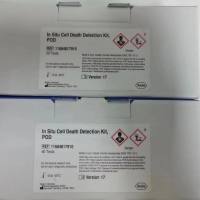The process of wound healing in internal organs lined with mesothelial cells is different in some respects from healing in cutaneous injuries. Hertzler (1 ) noted that cutaneous wound re-epithelialization takes place from the wound borders, but peritoneal defects become re-mesothelialized simultaneously. Most organs in the pelvic cavity possess a mesothelial lining that can be injured as a result of trauma from surgical intervention or handling. It is generally agreed that the remesothelialization of the peritoneum can take place over 5–8 d (2 ). During this period, events of inflammation and mesothelial repair occur that can set the course for postsurgical adhesion formation. Postsurgical adhesion formation, or the formation of scar tissue bridges between organs in the pelvic cavity, is an undesirable result of a natural healing process. Ryan et al. (3 ) showed experimentally that the surface of bowel is subject to demesothelialization and loss of native fibrinolytic activity by surgical manipulation, whether it is allowed to dry or is kept moist with saline. This denuded surface could allow blood clots to form and act as precursors to adhesion formation before remesothelialization can occur. The formation of adhesions can distort the normal anatomy and natural positioning of organs, and has often been implicated in postoperative pelvic pain and bowel obstructions, in addition to other complications. Ryan recommended that to minimize adhesion formation, tissue exposure and manipulation should be minimized (3 ).






